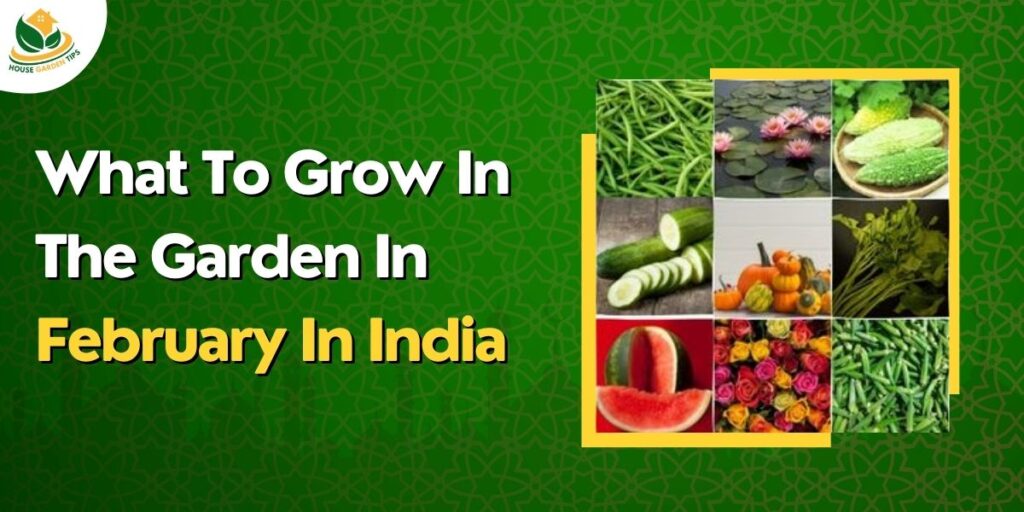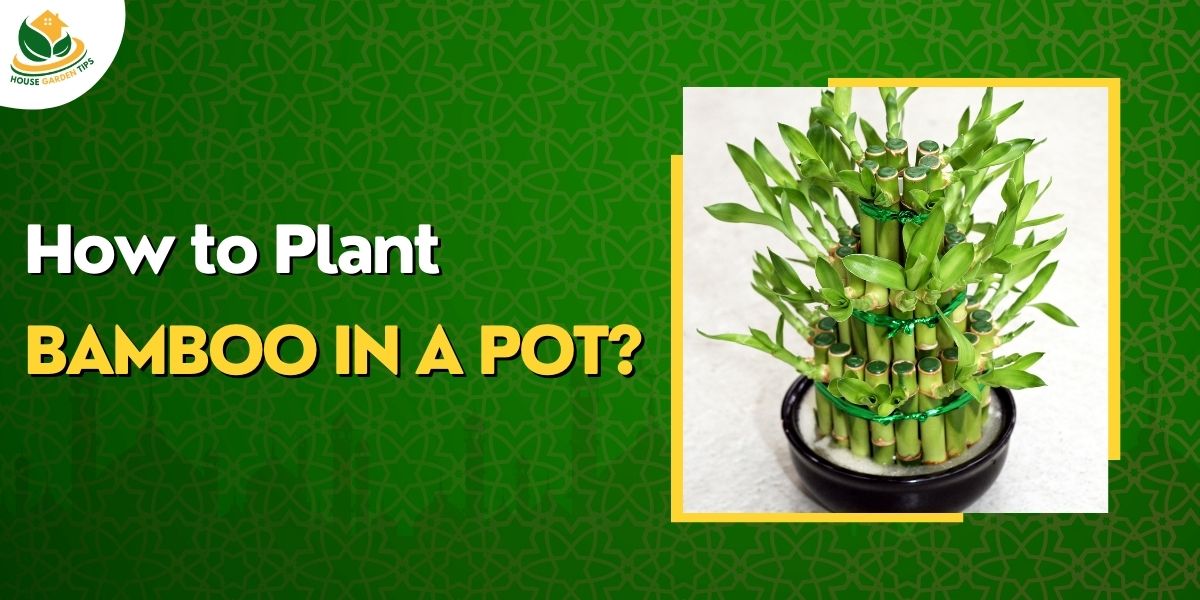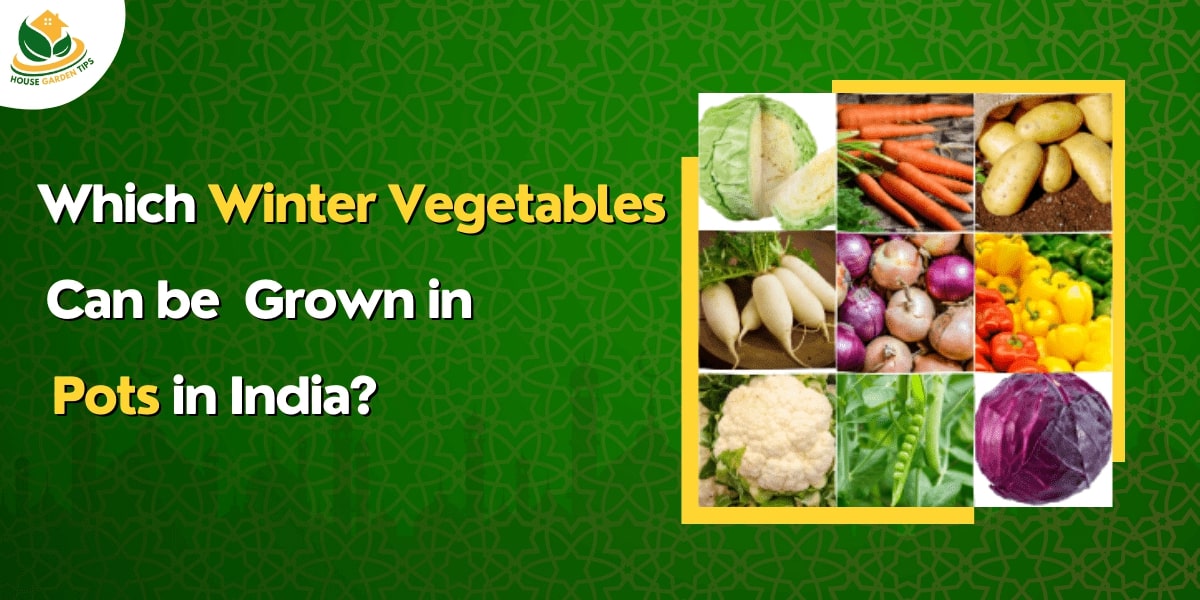Table of Contents
Vegetable Garden for February - Perfect Vegetables to Grow at Home in India
Are you looking to get your hands dirty by turning that long awaited dream to plant fruits & vegetables in your garden this Feb? Be it lettuce or swiss chard, the gardening fundamentals remain the same. We sow our plants, nurture them very carefully & see them grow healthy! Going into greater depths of the vegetable growing season chart, here’s the plan for your awesome Indian gardening in February!
Best vegetables in India to grow in February
1.Beans - Phaseolus vulgaris
Let’s get started by planting some green pods, shall we? Beans can be sown in the early part of February. They best thrive in warm weather conditions requiring temperatures between 60 – 70℉ & 6 – 8 hours of sunlight daily. It usually takes to about 40 to 50 days after sowing beans to get them ready for harvesting. These green pods are rich in proteins, fibre, & also in minerals such as Potassium and Magnesium.
2.Bitter gourd - Momordica charantia
Another great pick for growing in Indian gardens during February would be the bitter gourd. Planting them in well-drained sandy soil during early Feb & providing them 6 – 8 hours of sunlight daily will get them ready for harvest in about 55 – 66 days. One ought to bear in mind that these gourds prefer to thrive in a hot and humid climate. They make a good diet for our tummy being rich in fibre, carbohydrates & proteins.
3. Cucumber - Cucumis sativus
This juicy, watery veggie can be grown successfully in any type of soil with the best yields in loose and well-drained ones. They are hotties loving to grow in temperatures around 75 – 85℉ & become mature enough to be harvested within 45 days of sowing. It is imperative that 6 to 8 hours of direct sunlight is to be provided daily for their healthy growth. Cucumbers are rich in vitamins C, and K, proteins & fibre.
4.Pumpkin - Cucurbita moschata
This bubbly & charming vegetable can be sown in your gardens towards the end of February. Pumpkins grow best in slightly acidic or neutral soil. The ideal temperature for their growth would fall between 20 – 30℃. They need their fair share of direct sunlight for at least 6 hours daily. The harvesting period for pumpkins comes three months from the date of planting them. Pumpkins are nutrient rich containing Iron, Copper, Vitamin C, B2, A & E.
5.Spinach - Spinacia olercea
Mid February might be the best time to welcome some greeny leafy spinach into your Indian gardens. They grow very quick in well drained soil when subjected to temperatures between 50 – 60℉. With all the leaves in the picture, spinach generally requires sunlight to the north of 6 hours per day. They can be harvested within 45 days & would serve as an effective contributor of nutrients to your diet being rich in vitamins A, C and K, Iron and Folate.
Pest control for February
We humans are not the only living beings wanting to make an appetite out of plants, fruits & vegetables. There are insects waiting in line, but they don’t wait long enough for the harvest. So controlling the pests in one’s garden is of utmost importance. Some of the techniques like intercropping or using a physical barrier such as row cover have proven to be effective in controlling pests.
FAQ
1. What can I plant in the vegetable garden during February?
Apart from those listed above, one can also try growing watermelons & lady’s fingers too in their gardens.
2. Which flowers grow in February?
Lilies, daffodils & roses grow well when planted in your gardens during the month of February.
3. What is a vegetable sowing calendar?
A vegetable sowing calendar tabulates the most suitable plants that can be grown for each month of the year taking into consideration the local demographics & weather patterns. We have a selected list of plants to be grown in Indian gardens on our site.
4. What is soil preparation?
Soil preparation is a technique to enrich the soil of your garden with nutrients & beneficial microorganisms making it a healthy habitat for the plants to grow upon. The most preferable ways are to add vermicompost or organic manure.







